How many mountain hares? Which method is best?
Comparing daylight counts, night-time thermal imaging and camera traps.
PTES has been supporting Carlos Bedson’s work at Manchester Metropolitan University to work out which is the best way to accurately count hares. Mountain hares, the lesser-known cousin of brown hares, are on the very edge of their range in the UK. And the English population, found only in the Peak District, is small and very vulnerable to our changing climate. As well as being much loved icons of UK uplands, mountain hares are essential parts of these ecosystems. These herbivores feed on the vegetation, recycling nutrients as they go. They’re also an important prey species for raptors, owls, foxes, stoats and weasels. Knowing how many hares there are helps us to protect them more effectively, and to understand whether our methods are working. But what’s the best way to count hares?
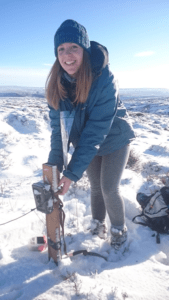
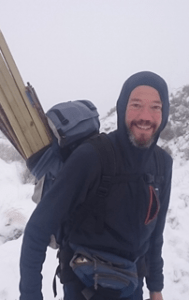
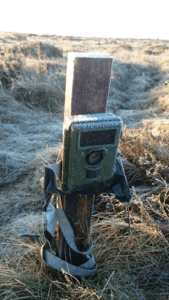
Night and Day
Mountain hares are nocturnal, hiding by day, emerging at night and are notoriously difficult to study. This prompted a team of wildlife biologists to investigate, using innovative survey methods. Carlos, and his fellow biologist, Lowri Thomas of University of Manchester, set off during the winter of 2017-18, for four months of field research at RSPB Dove Stone reserve on Holme Moss, a large hill in West Yorkshire. The duo undertook rigorous surveys, comparing new methods for spotting and counting mountain hares.
Three survey methods were used, which have never been compared together before. By day, the pair conducted what are known as ‘straight line visual transects’. That means they walked in straight lines, looking around them with binoculars, recording the location of any hare they spotted with GPS, a laser range finder and a giant compass angle board. When the sun went down, the two ventured out again with a high-powered thermal imager and, in complete darkness, were able to witness mountain hares going about their normal feeding and social activity. Carlos and Lowri also set up camera traps at 91 locations for weeks at a time, capturing over 7,000 images of mountain hares, mostly at night, going about their business: feeding, grooming, socialising.
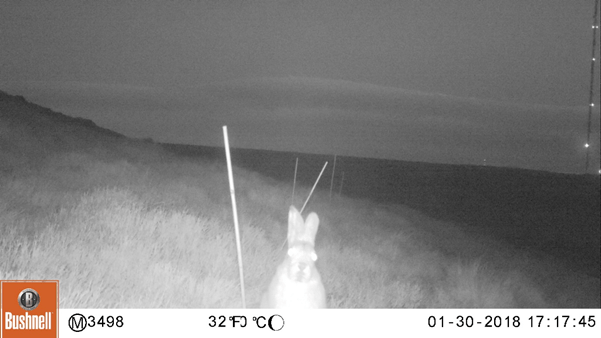
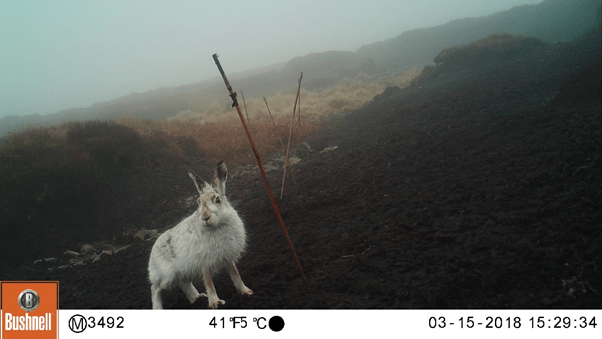
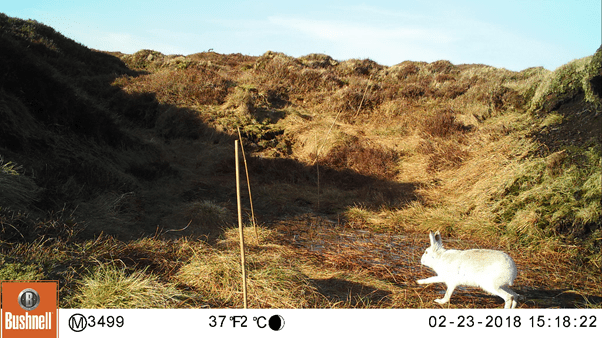
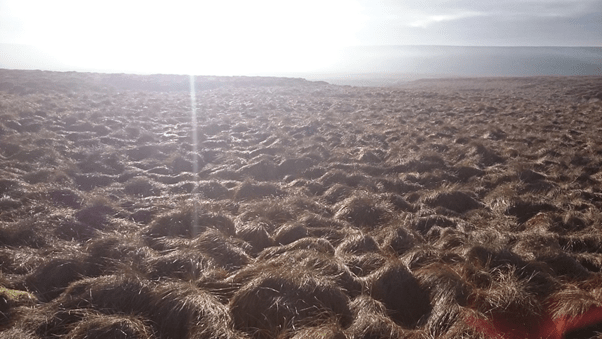
Surveying in extreme conditions
Unfortunately this was also the winter that northern England experienced The Beast from The East: an exceptionally severe winter, with seven heavy snowfalls, making it hard just to get on to the hill and survive, let alone set up survey equipment. Even the British Mountaineering Council were called upon, to provide expert advice for clothing and winter gear, to protect the two biologists during the polar conditions. They even called on logistical support from members of the local mountain rescue team, orienteering clubs and a wildlife monitoring expert who flew in from Montana USA.
Luckily the team survived the winter and was able to compare their results. Each survey method had recorded mountain hares in the same vicinities, but the thermal imager and camera traps actually saw far more hare behaviour since the animals were mostly active at night. Carlos was able to estimate mountain hare numbers on Holme Moss to between 700 and 1,110 individuals across 50 km2, much lower than expected. Previous mountain hare estimates in the wider Peak District suggested there were 2,500 individuals. This work shows just how difficult it is to estimate animal numbers reliably and also how important it is to use innovative methods, and sometimes more than one at a time.
Carlos and Lowri’s results suggest that daylight visual surveys had the potential to underestimate numbers, failing to reflect nocturnal activity. Thermal imaging was good at recording hares at night, and had picked up more animals, but relied on fine weather. Camera traps captured nocturnal activity, and operated 24/7 throughout harsh weather, but needed careful consideration before making any assumptions. This exciting research means we now have better tools to monitor our iconic mountain hares.
Read Carlos and Lowri’s paper, Estimating density of mountain hares using distance sampling: a comparison of daylight visual surveys, night-time thermal imaging and camera traps, here.
Thank you for helping us fund this research to protect mountain hares in the UK.
If you’d like to support work like this, please donate or set up a direct debit today.
